You are here
If you enjoy hiking in nature and have even a passing interest in visiting New Zealand, the Great Walk system organized by the New Zealand Department of Conservation is designed specifically to entice you to schedule a visit. These phenomenal hikes boast well-maintained and well-signed trails and clean, staffed, and cared-for reservable huts in beautiful national parks...what more could a hiker wish for? New Zealand knows that tourism is one of the country's largest industries, accounting for approximately 10% of GDP, and it shows in the great care and attention that goes into supporting visitation to the country's amazing landscapes. There are nine Great Walks in total, and a new one is slated to open in 2019. Each has a completely different feel and landscape, and there are unique options for every kind of tramper (what New Zealanders, or Kiwis, call hikers). Several of the Great Walks also have a separate luxury hut system that is staggered from the regular hut system; this system includes nicer beds, more privacy, meal service, and hot showers.
With the rugged mountain-scapes of the Routeburn Track, the jungles and cliffs of the Milford Track, the golden sand beaches of the Abel Tasman, the volcanic wasteland of the Tongoriro, and much more, there is a Great Walk for everyone. Usually between two and four days long, each Great Walk is point-to-point (with bookable transportation) or a loop, each leg is connected by staffed huts in the mountains with reservable beds and well-equipped kitchens to cook your food, and there is plenty of entertaining and educational materials to inform you about the environment each evening. It is a system that is somewhere between wilderness backpacking in the U.S. and the hotel-to-hotel trekking style in the Alps, and it fits nicely between the two.
When to Go and How to Travel
As with any planning exercise, the first step is always deciding that it is something worth doing and putting forth the effort to planning your trip. There are companies who organize trips for those who don’t know where to start, but you can save yourself thousands of dollars on your vacation by doing the legwork yourself. After you decide that this is a vacation worth doing, the next step is to decide when you want to go. As a reminder that may seem obvious to many, seasons in the Southern Hemisphere are opposite those in the Northern Hemisphere. While many of the Great Walks can be done in any season, the more rugged ones in the South Island experience a pretty stark difference between tramping season and off-season. The ideal time to go is between December and March, but as with any wilderness area, there can be bad weather any time of year.
This makes New Zealand an excellent destination for outdoor lovers in the Northern Hemisphere who don’t necessarily enjoy winter camping; a Great Walk can perfectly satisfy the urge to embark on a backpacking trip in the middle of winter. Make sure to make this decision well in advance, however; getting into shape or getting the reservation to even participate may require getting started up to nine months in advance.
Getting the Reservation
Deciding that you want to plan a vacation around completing a Great Walk is the first and most important step to getting your reservation, but it’s very important you don’t neglect this step. Even if you are doing one of the less popular Great Walks (and make no mistake, they are all very popular), it is almost impossible to get a reservation within a few days of the planned trip. In almost every case they are booked up months in advance. In the case of Milford Track, the most coveted of the Great Walks, they only allow a certain number of walkers per day, and travel is only allowed in one direction to keep the flow moving. Reservations for the entire year are gone within two hours of being made available!
When bookings for the upcoming season are opened, six to nine months of dates are made available all at the same time. In order to make sure you can get what you want, it is a good idea to try and reserve your dates as soon as they are open for the coming season. Monitor the DOC website to receive notices about when the reservations are going to go live. New Zealand is good about this; not only do they give one to two weeks notice about when the reservation system is going online, they also stagger the time slots so that you have an opportunity to be first in line for multiple Great Walks.
The point-to-point tramps like Milford Track and Routeburn Track will require transportation considerations as well. Some tracks may require bus transportation, and others may use boat services. Make sure you read up on the Great Walk you wish to do and obtain reservations for transportation to the trailhead and back from the destination. Transportation reservations are sometimes booked through the DOC website and sometimes through a third party service. Once these details are all figured out you can relax and take your time on the rest of your trip planning, but you’ll want to make sure these reservations are made as soon as possible to get your pick of dates and times.
Training
After the logistics are taken care of, the next thing you’ll want to do is start your training regimen. For some people, this will simply mean continuing their normal schedule; if you are comfortable walking over 10 miles a day with heavy pack in rough terrain, you are already set. If that sounds like an incredibly strenuous activity and not much like a vacation at all, you may want to take action early and build up your endurance. You can find out more about preparing your body for longer outings here. If you want to test your readiness, pack your backpack with everything you would need to bring and hike in similar terrain with a similar elevation gain and distance profile. If you feel like you could do it again the next day, you are ready for your Great Walk.
Transportation and Lodging
Assuming your transportation to and from the Great Walk is handled, getting around the country is another matter. There are three main schools of thought for getting around New Zealand, and they each have different pros and cons that should be evaluated based on how much money you want to spend and how much freedom you wish to enjoy while you are on your trip. Keep in mind that, if you are going to be driving, cars drive on the left side of the road in New Zealand, and this may take some adjustment and concentration for many visitors.
-
Rent a car and use hotels: This option allows you to drive around as you like while maintaining the amenities and spaciousness of hotel rooms. Depending on how many nights you’re staying and how much comfort you’re looking for, this may be your best option.
-
Rent a camper van: A popular option is to rent a camper van to sleep and transport yourself all with the same reservation. This is simple to reserve since only one reservation must be made, but keep in mind that you can only park overnight and use the camper van to sleep in designated car camping areas, so this may not provide as much freedom as you may expect. Lack of space and amenities when camping can also make this option less desirable.
- Use one-way shuttles and buses and stay in hotels: Those who want to skip driving can use one-way transfers. If you have many different places to visit though, it may prove difficult to time your transfers, and this can limit your freedom if your plans change or new destinations become appealing.
Packing
All of the Great Walks will have similar basic requirements for carrying your gear: You'll need a change of clothing, toiletries, food, and cooking supplies. That said, your final packing list for the Great Walk will strongly depend on which Great Walk you are setting out to enjoy. A beach tramp would have a very different packing list than the jungles and sand flies of the Milford Track or the high alpine of the Routeburn Track. Each region of New Zealand is very different, and the time of year can also impact your final packing list. You can find more tips about backing for longer trips here and adjust for your trip as necessary. How you adjust can depend on some of the following criteria:
- What is the climate for the region of your Great Walk?
- Will you be staying in the huts? If so, no tent is needed.
- Water is generally potable in the huts, so water filtration would be optional.
- What time of year is your Great Walk? Bad weather can occur any month of the year, but you generally won't need a winter coat in February, for instance.
After tailoring your packing list to the Great Walk you’re planning, it is highly recommended to pack these very items into your chosen backpack and do much of your training hikes and trips with the real pack weight and final conditions that your Great Walk will have. If you follow all these steps, you are sure to have a successful and unforgettable experience!
For a look at some of New Zealand's Great Walks, see the following articles:

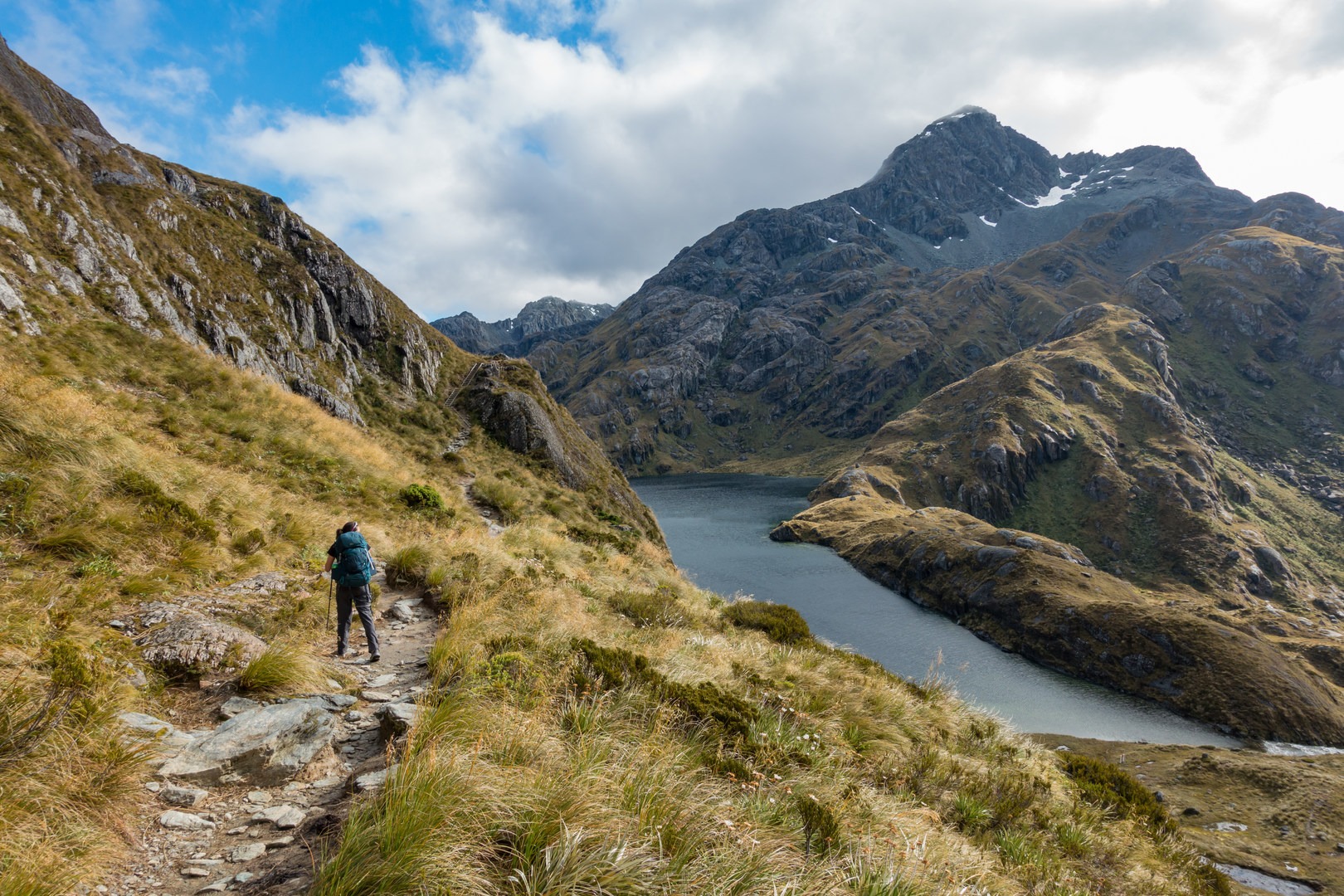
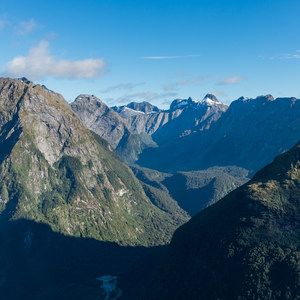
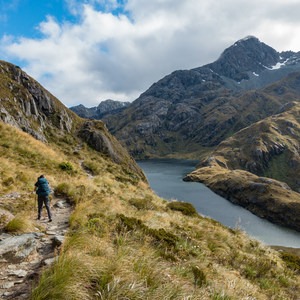
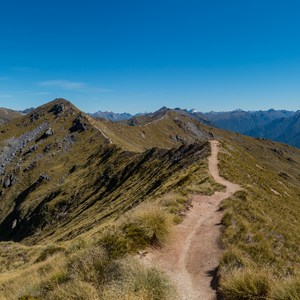
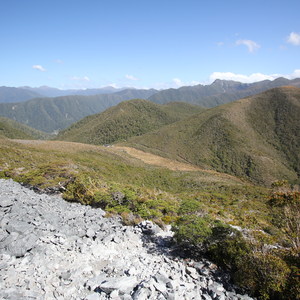



Comments
Sign In and share them.